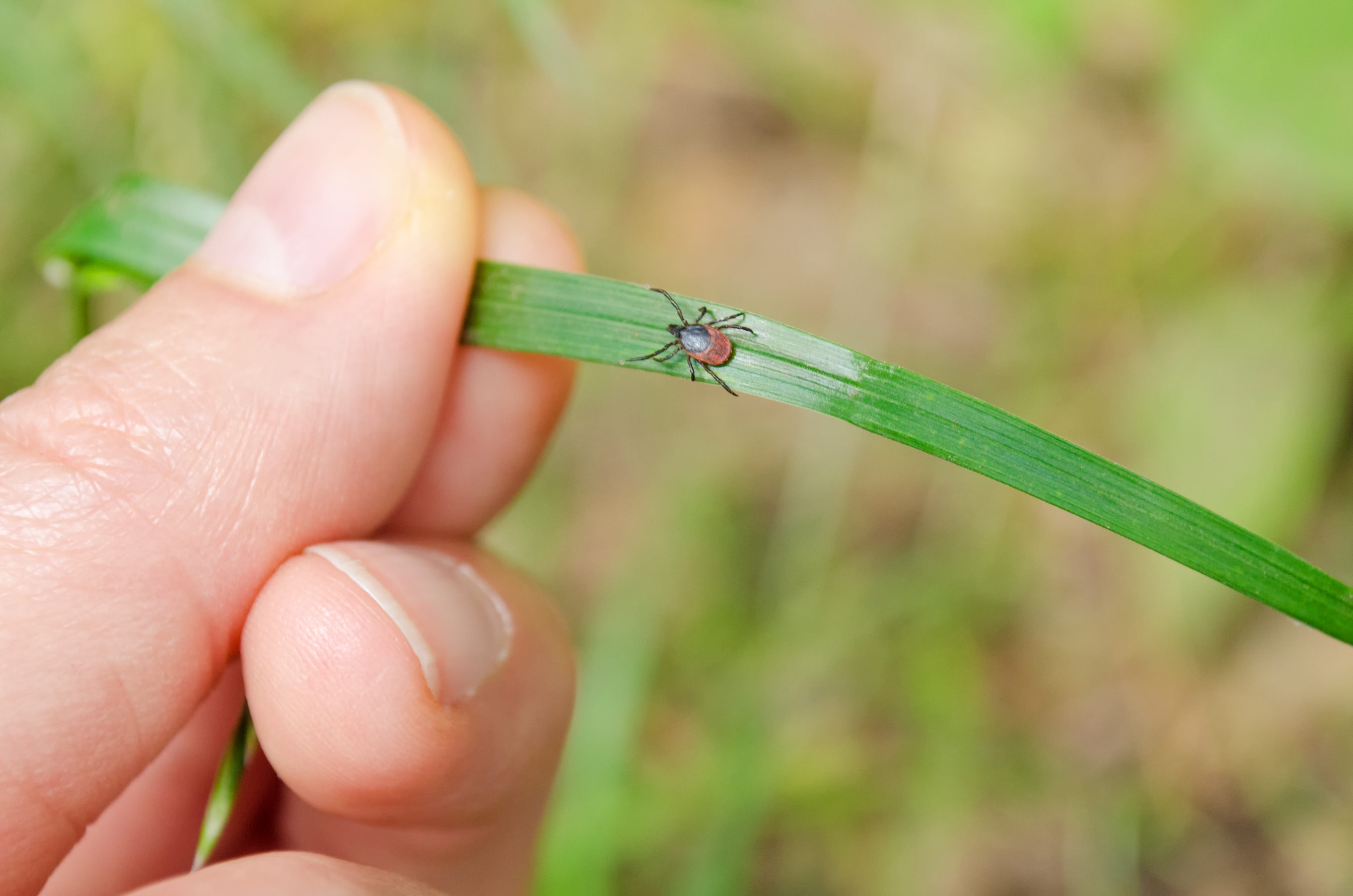
It’s that time of year again when you need to be thinking about ticks. Deer ticks, also known as Black-legged ticks, carry Lyme Disease. Here’s what you need to know about ticks and how to protect yourself from getting it.
What is Lyme Disease?
Lyme disease is caused by bacteria that is in infected deer ticks. Ticks get the bacteria from rodents or deer and pass it on to humans when they bite them. According to the Centers for Disease Control, Minnesota and Wisconsin along with most of the northeastern part of the United States have a significantly higher incidence of Lyme disease than the rest of the country. In Minnesota, the risk of a tick bite is greatest from mid-May through mid-July and again in late September through October.
Why Lyme Disease is bad
Lyme Disease effects thousands of Minnesotans each year. If untreated, it can lead to long term health problems that affect the heart, joints and nervous system.
Signs and Symptoms of Lyme Disease
Many people don’t know they have it because the ticks are so small they may never see them, and they may not notice a bite. Here are some of the signs and symptoms of Lyme Disease. A person may only have some of these symptoms.
Early Onset Symptoms – Days to Weeks After Bite:
- Rash: a rash around the tick bite, usually appearing usually appearing immediately but can be a few days after the bite with redness and bruising. An additional rash may appear early in the disease process that is described as a “bulls' eye” with a red center, area of clearing and then a red outer ring away. This rash is found away from the initial bite and is typically found on the chest, back, arms or legs. Around 20% of people never get a rash.
- Fever, chills, headache, body aches, fatigue
- Muscle and joint pain, neck stiffness and swollen lymph nodes
Later Onset Symptoms – Days to Months After Bite:
- Persistent weakness and fatigue
- Severe joint pain and swelling (often in the knees)
- Bell’s Palsy (temporary paralysis of one side of the face)
- Numbness, weakness, or tingling in limbs
- Irregular heartbeat leading to dizziness
- Inflammation of the brain and other neurological issues
Lyme Disease Treatment
Lyme disease is typically treated with antibiotics and most people recover without any long-term effects if started early in the infection process. It is important to be seen and get on antibiotics as soon as you have signs of Lyme disease.
If you suspect you’ve been bitten by a deer tick, see your health care provider immediately. Call your clinic today to make an appointment.
